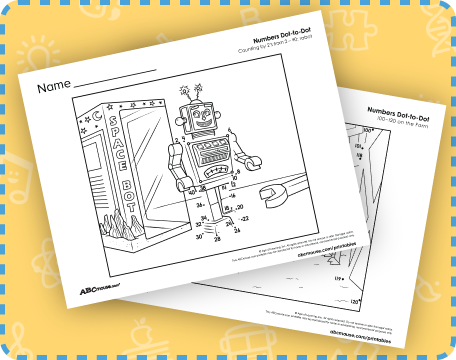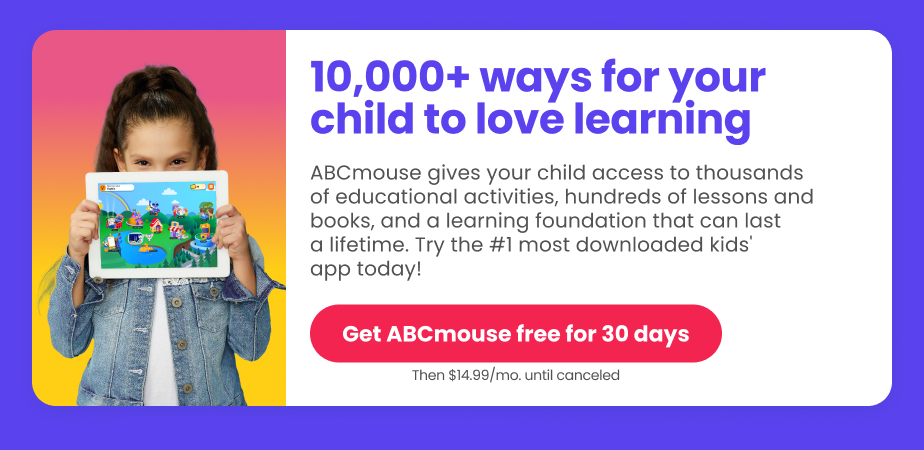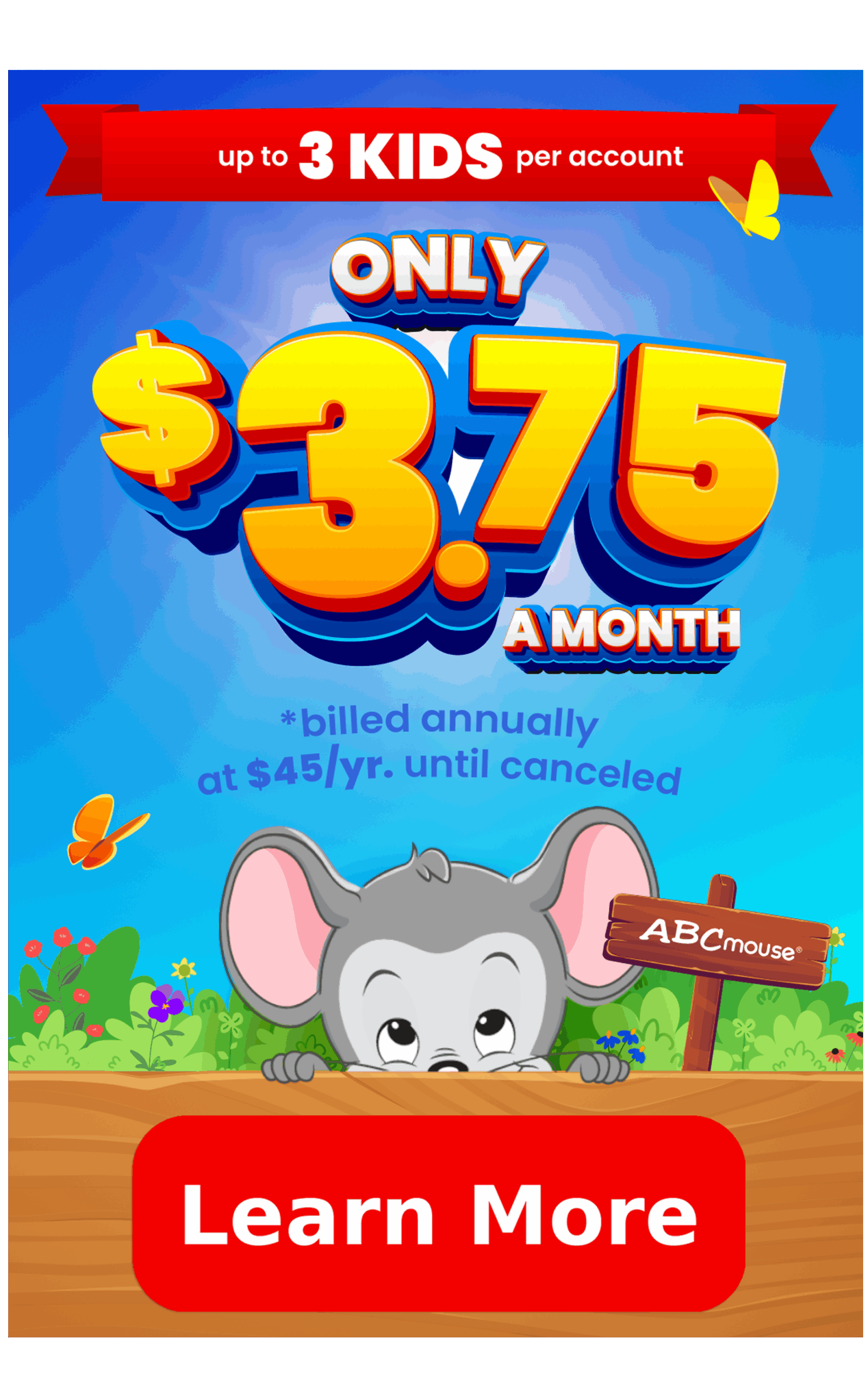
What is Subitizing? Plus, How to Teach It to Your Child
Subitizing is part of daily life. Learn about this important math skill, and get tips and fun activities to help your child master the concept.
While parents are familiar with many of the math terms used in early number sense skills, there’s one many have never heard of: subitize (pronounced “SOO-bi-tahyz”). Here’s what subitizing is, and why your child needs to learn this foundational skill. Plus, get fun subitizing activities to try at home!
What is Subitizing?
Subitizing is the ability to look at a group of objects and automatically know how many there are without counting them. It’s an innate skill for most adults. We look at a bowl of apples on the counter and can see that there are four, without needing to count them one by one. Most people can easily subitize groups containing up to six objects at a brief glance. This is known as perceptual subitizing.

While subitizing usually works best with smaller numbers, it can be adapted for larger numbers by breaking big groups down into smaller ones. This skill, known as conceptual subitizing, is especially helpful when items are shown in predictable patterns.
Think of rolling a pair of dice. The dots on each side are arranged in patterns you’ve become very familiar with over time. In a snap, your brain recognizes the pattern of three dots on one die and six dots on the other. Without conscious thought, you add the numbers together for a total of nine. That’s subitizing!
The ABCmouse Preschool Math Program includes interactive activities to build number sense, including subitizing and early counting strategies.”
Why is Subitizing a Useful Math Skill?
Subitizing is a real time-saver. When you can scan a collection of objects and know the total without needing to count them out, you’re able to move on to the next task more quickly. But that’s not the only benefit of being able to subitize.
When you subitize larger numbers, you break them into smaller groups and then add them together. (Tally marks are a good example.) This is really what addition and subtraction are all about: decomposing numbers into smaller groups and adding them back together again. Subitizing helps kids see that bigger numbers are made up of multiple smaller ones, the foundation for arithmetic skills like addition and multiplication.
Subitizing can help kids with skip counting too (e.g. “three, six, nine, twelve …”). In fact, adults use subitizing and skip counting all the time when counting large numbers of items. Imagine you have a bowl of pennies you need to count. You dump them out on the table, then begin pulling them aside in groups of twos or threes, counting as you go until you get to the total. You’re using both subitizing and skip counting to complete the task.
Tip:
Practice skip counting skill with these free printable skip counting worksheets for kids.
When Do Children Learn Subitizing?
Kids start picking up this skill at a surprisingly young age, often before they can formally count. If you offer a toddler two piles of their favorite snack (e.g. strawberries), they’ll likely pick the one that has more items in it, even though they may not be able to count yet.
Preschool children (ages 3 to 5) officially begin learning to count items, one by one. Around the same time, they begin to subitize smaller groups, starting with three or four items in a group. By kindergarten and early elementary, this number increases to five or six items in a single glance. At this age, you may start to see subitizing listed as a formal learning objective in the curriculum.

After that, subitizing gets a little more complex (conceptual subitizing). Students learn to break bigger groups into smaller ones and look for recognizable patterns that make subitizing possible as they build their math abilities further. Through both explicit and implicit instruction and practice, they master the subitizing skills they’ll use throughout their school years and beyond.
How to Teach Subitizing
Although this skill becomes subconscious over time, it’s still smart to teach and practice subitizing skills with your child. This may be something that comes easily to them, or it could require more specific instruction. Here’s how to get started.
- Don’t Say Count: Remember, you’re trying to avoid having your child count one by one. Instead, use phrases like “Say the number of items you see,” or “How many items are in this group?” After they give their answer, they can use traditional counting to make sure they’re right.
- Start Small and Build: Like any skill, it’s best to teach subitizing in a progression that builds on previous accomplishments over time. Begin with subitizing within a group of three items. As your child grows more confident, you can move on to subitizing within five, then ten, and even beyond if you like.
ABCmouse doubles early learning gains in reading and math.*
*Age of Learning study; PreK kids; min. 2 day/wk & 1 hr/wk usage. See aofl.com/research for more info.
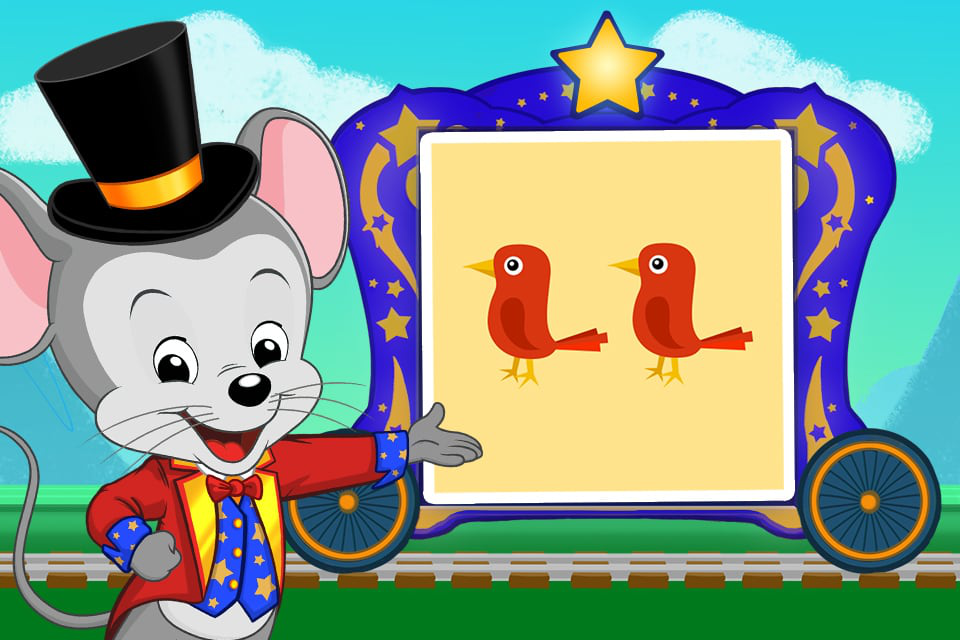
- Regular Patterns First: At first, practice subitizing groups laid out in symmetrical patterns laid close together, which are easier for the brain to recognize. You can also focus on familiar common patterns, like those found on dice and dominos. Then, raise the bar a bit by making the arrangement of items more random, spacing them a bit further apart too (but not so far they can’t all easily be seen in one brief look).
- Break Groups Down: Divide groups down into smaller subgroups, even for as few as three items. Use different colors or shapes to set apart the subgroups. This makes it easier for kids to see those subgroups, then add them together into one total. It also helps to emphasize the parts-of-a-whole concept.
Check out these Hands-On Math Activities for Preschoolers for more fun ways to reinforce number recognition and subitizing skills.
Subitizing Practice Tools
Dominos and dice are ideal subitizing practice tools. Here are some more tools you can try to help your child develop their ability to subitize.
- Rekenrek: These tools have rows of 10 beads each, five in one color and five in another. You can buy them or make your own with pipe cleaners and beads.
- LEGO ® Bricks: Your child’s favorite building toy is ideal for subitizing, since the bricks have dots (known as studs) arranged in symmetrical patterns already!
- Ten Frame: Also called a 10 frame, this tool is a grid of 10 squares arranged in two rows of five. Use them with manipulatives like counters or even small toys or treats.
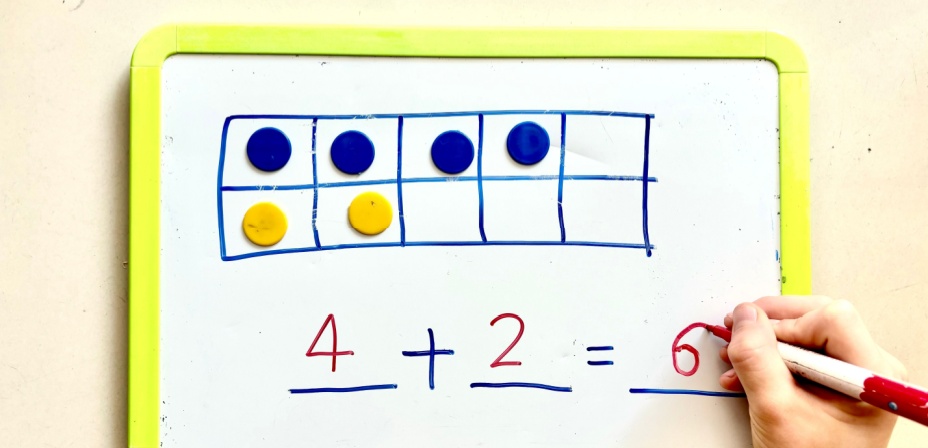
Hands-on Subitizing Activities for Practice at Home
Because this skill is so commonly used, there are lots of easy ways to practice that kids will enjoy. Try some of these subitizing activities and learning ideas with your child.
How Many Fingers?
Quickly flash your hand with a number of fingers held up (start with one, two, or three) and see if your child can identify the correct number. For older kids, flash two hands and see if they can name the total. This gives them practice with subgroups and conceptual subitizing. The best thing about this activity is you can do it anywhere, since you don’t need any special supplies!

Dot Cards
Use a marker or dot stickers to create cards with various sets of dots. Make some in symmetrical patterns and create others with random placement. For older students, make cards with larger numbers of dots, broken into smaller subgroups. You can draw the subgroups in different colors to make things a little easier. Use these cards for practice activities.

Beat Your Time
Here’s one way to use your dot flash cards: a timed competition! Give your child a stack of cards, face down. Start the timer and ask them to flip the cards one by one, naming the number of dots they see.
If they get it wrong, put the card at the bottom of the deck to try again. Otherwise, put the card to the side. See how long it takes them to get through the stack. Then, mix up the cards and let them try again, seeing if they can beat their previous time.

Domino Battle
Each player takes a pile of dominos and keeps them turned face down. At the same time, each player flips a domino.
The first to subitize and slap the domino with more total dots gets to keep it, as long as they’re correct. If not, the domino goes back into the pile.
The game ends when all the dominos have been claimed and a winner is declared.
Tip: You can subitize while you count your dominos too! Try breaking them into smaller groups of twos or threes as you total them up.

Roll and Cover
Write the numbers 1 through 6 on a piece of paper for each player and give each a pencil and a die. At the word “Go,” each player begins rolling their die, crossing off each number on their paper as it appears on the die. The goal is to be the first to roll each number at least once and cross them all off first. Older students can up the complexity by playing with more dice and increasing the numbers to cross off.

Tally Up
Tally marks are a common subitizing method, and there are lots of fun ways to practice. For instance, take turns tossing a ball into a basket, adding a tally each time you make it in. First to a set number wins!
Or, take a nature walk and use a clipboard to keep track of items that you find: rocks, trees, birds, etc, adding a tally mark for each item you find in the designated categories. The act of subitizing comes at the end when you use a combination of subitizing and skip counting to find the totals.
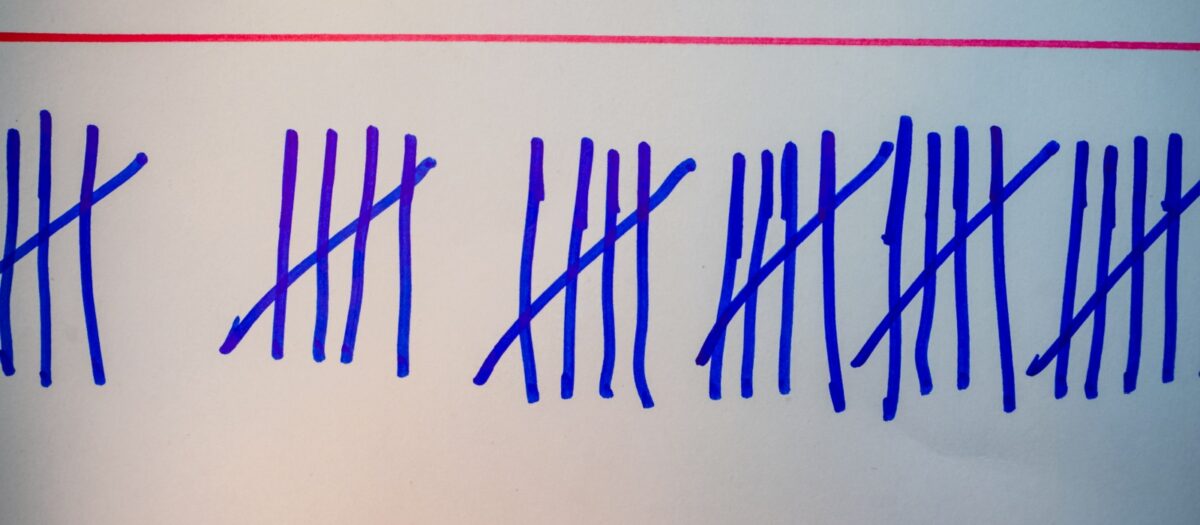
Grab Bag
Put a mix of small items into a bag. They can be different colors or shapes but should be easy to tell apart with a brief look. Have your child reach in and grab a handful, then drop them on the table in front of them. Ask them to quickly tell you how many of each color or type of item they see, then name the total. Start with only one or two different kinds of items in the bag, then increase the difficulty with more options.

Online Subitizing Games
ABCmouse has a whole collection of online math games that give kids practice with counting and early math skills. These expert-created games make learning subitizing engaging and fun. Some of these games may require an ABCmouse subscription to play.
Show What You Know: More and Less
Quickly look at a set of pictures and choose which has more or less of a specified item, like puppies or kittens.
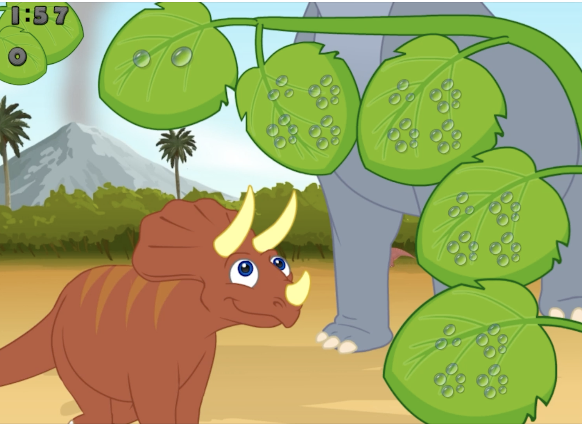
Dinosaur Chomp
Examine leaves and determine which has fewer at a quick glance. If you get it right, the dinosaur gets a snack!
Farm Egg Counter
Practice tallying, a skill that goes hand-in-hand with subitizing, as you count crystals colorful crystals for the professor.
Additional Resources
Important Math Skills for Your Preschooler
At the preschool age, math learning is all about understanding the world around them. Here are some key concepts to focus on.
Browse ➜
Kindergarten Math Worksheets
These math worksheets cover a broad range of topics, such as number writing, basic arithmetic, shapes, patterns, money, time telling, and more.
Browse ➜
Hands-on Math Activities for PreK – 2nd Grade
Add some fun to math practice with a variety of engaging activities for kids aged 2-8.
Browse ➜
(Optional text) These resources offer a blend of interactive games and educational content that can make learning addition a fun and rewarding experience.
ABCmouse’s expert advice review process:
Our team of ABCmouse Curriculum Experts, made up of talented professionals in early childhood education and development, take a close look at educational content and learning claims. They put in the effort to make sure our information is accurate and current. We have a certified educator or another respected authority review the content, matching their expertise with the topic at hand. They’ll make sure the content is thorough and follows the latest research and educational guidelines. If they think we can make things even better, they’ll chat with our editorial team, and we’ll make those improvements right away. Only after a reviewer gives their thumbs-up does a piece of content get the official stamp of approval in the byline.
Legal Disclaimer: Any information, materials, or links to third-party resources are provided for informational purposes only. We are not affiliated with and do not sponsor/endorse these third parties and bear no responsibility for the accuracy of content on any external site.




